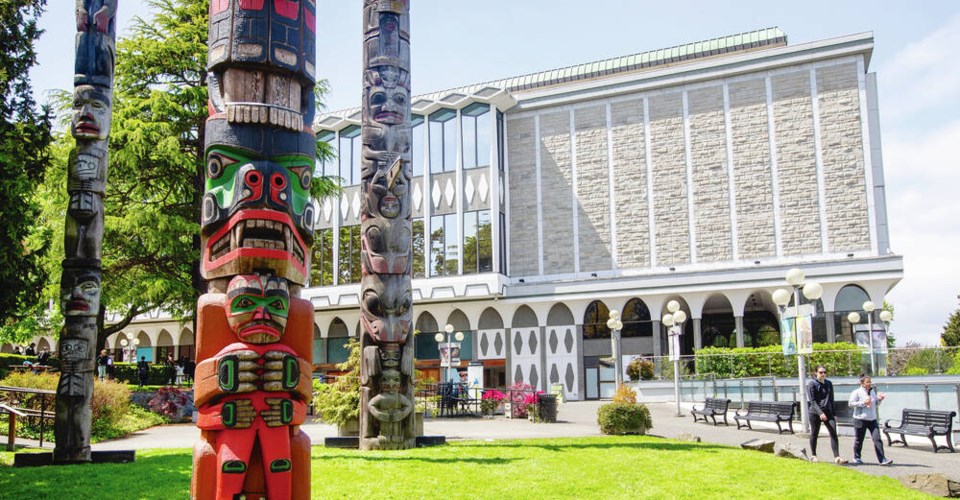The Tseshaht First Nation near Port Alberni is calling on the province to pause the $789-million Royal sa╣·╝╩┤½├Į Museum replacement plan and consider funding Indigenous museums where history can be displayed on their own territories.
“We believe the province has to put the brakes on this work, develop plans to empower Nations and return items back to their rightful owners,” Tseshaht Elected Chief Ken Watts to Premier John Horgan and Tourism Minister Melanie Mark.
“We are not looking to derail; we are looking for solutions and to paddle together in one canoe.”
Watts said the province should be working with tribal councils, including the 14 nations of the Nuu-Chah-Nulth, to develop their own museums and facilities that can house repatriated items, because it not only supports reconciliation but tourism for the Tseshaht and other First Nations.
“We are sure the province could significantly reduce the budget of this one [new museum] building and instead reinvest some of that same funding into First Nations to repatriate and house their artifacts in their respective territories,” said Watts.
The Tseshaht chief said the funding amount would vary from nation to nation, “but those are discussions that sa╣·╝╩┤½├Į should be having on a government-to-government level immediately.”
Watts said the Royal sa╣·╝╩┤½├Į Museum holds thousands of artifacts of Nu-Chah-Nulth origin, including items from the Tseshaht.
“sa╣·╝╩┤½├Į has a chance to be on the right side of history and do the right thing,” Watts said in the open letter.
He said like many British Columbians, the Tseshaht Nation is frustrated by the high cost of a new museum at a time when investments in housing and health care are needed.
“However, we also see the opportunity in bringing artifacts that Indigenous Nations want returned home,” said Watts.
Watts said he recognizes that while some nations would rather keep their artifacts in Victoria, the Tseshaht want their historic items returned “fully funded by the province.”
In an interview last week, Royal sa╣·╝╩┤½├Į Museum CEO Alicia Dubois outlined plans to start engaging with First Nations and others in the province as early as September, when the museum is scheduled to close for an eight-year period.
She said initial strategies for consulting with First Nations involve meeting with tribal councils, where representatives of many of British Columbia’s 204 First Nations gather for quarterly meetings.
Tribal councils range in size from four to 19 First Nations, said Dubois, including the Nu-Chah-Nulth tribal council.
She said teams of staff will fan out around the province after the early September closing to meet with the public.
The museum is splitting the province into five zones — the northwest, northeast, south central and Kootenays, Greater Vancouver and Vancouver Island — where Dubois said they will learn about communities and their histories at 25 locations, many including First Nations.




